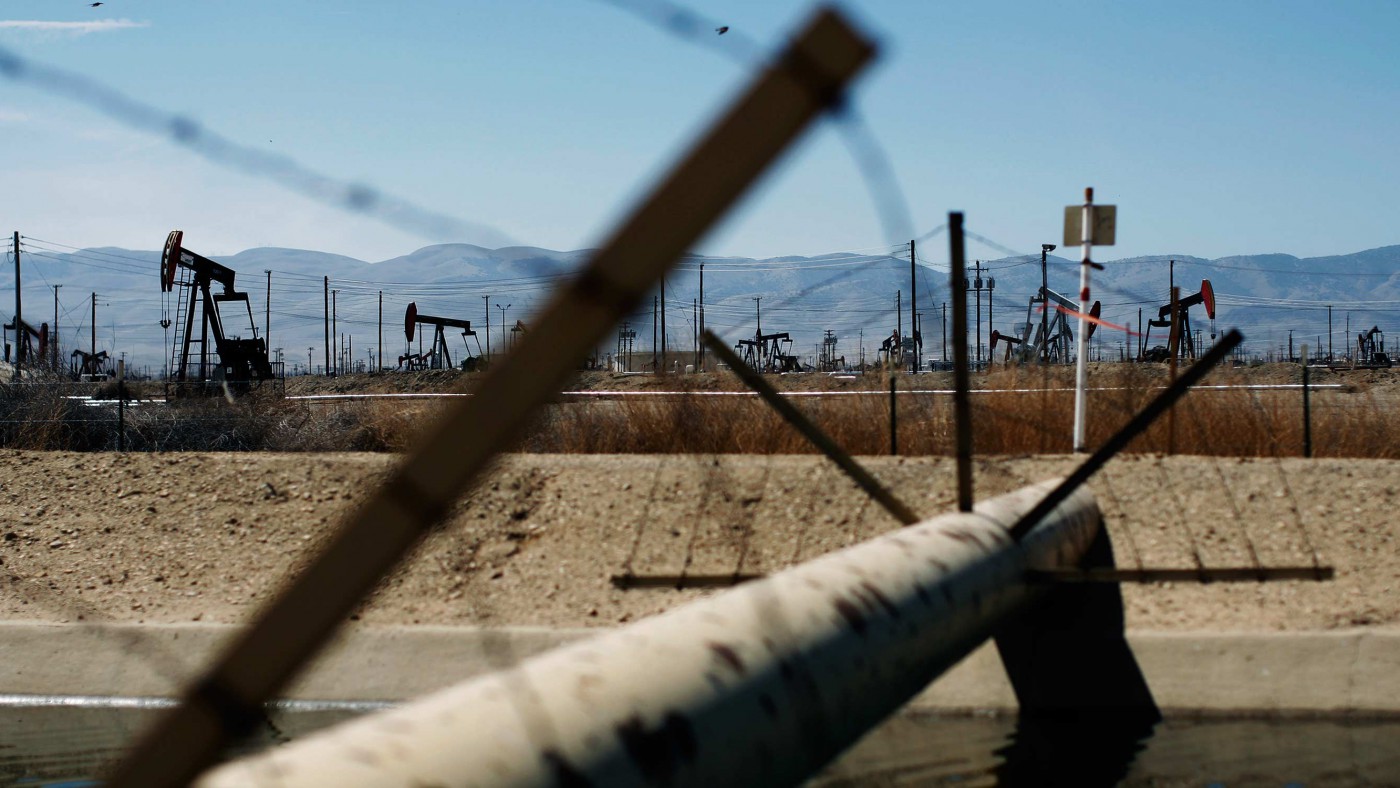While hydraulic fracturing (fracking) has been around for over 60 years, recent technological advancements have increased its effectiveness, opening up vast amounts of oil and natural gas that were previously considered uneconomic to develop. This “revolution” has not only created high-paying jobs, but also delivered significant savings to American households in the form of lower monthly energy bills.
The economic benefits of fracking are well known. A recent analysis by international research firm IHS CERA found that, as of 2014, the shale gas boom contributed $283 billion to U.S. GDP, which is an increase of more than $1,200 in income per household. But in addition to the economic contribution the industry provides, cheap natural gas from the fracking boom has put money back in the pockets of every American. By unlocking a one-hundred-year supply of natural gas, fracking has slashed the price of natural gas in the United States, ushering in an era of abundance and stability.
According to analysis by the Brookings Institution released earlier this year, between 2007 and 2013, fracking was responsible for $13 billion of savings in residential natural gas bills per year. That’s an average annual savings of $200 per household. Moreover, a report from IHS estimates that savings from lower natural gas prices will add over $2,700 to the average household’s disposable income in 2020, increasing to more than $3,500 per household by 2025.
Lower income folks have been the primary beneficiaries of this uniquely American energy boom. A federal program known as the Low Income Home Energy Assistance Program (LIHEAP) delivered about $3.5 billion to low-income households in 2012; that same year, the benefits of fracking delivered almost three times more, according to calculations by the Wall Street Journal, which concluded that “fracking is a much more effective antipoverty program than is Liheap.”
All told, in 2012, American families saved more than $30 billion thanks to lower natural gas prices.
Residential energy customers are not the only ones saving, though. Between commercial, industrial, and electric power customers, the savings from lower natural gas prices are estimated to be around $58 billion per year, according to the Brookings Institution. These savings are passed on to consumers, as lower energy input costs have a ripple effect through manufacturing and energy intensive industries. Low natural gas prices have actually encouraged manufacturers who use the fuel as a feedstock to move their operations back to the United States, after a decade of seeking lower prices overseas. Currently, there are nearly $150 billion in manufacturing investments planned in the United States to take advantage of shale gas.
Overall, the fracking boom has been a windfall for the U.S. economy and consumers. It has provided lower natural gas prices, put money back in Americans’ pockets, and helped revive American manufacturing by giving companies a reason once again to invest in the United States.
Even with currently depressed commodity prices, it’s clear that the fracking boom helped working families get through the Great Recession. Importantly, the abundant supply of natural gas that fracking has unlocked suggests that those benefits may now be a permanent fixture of our economy.


